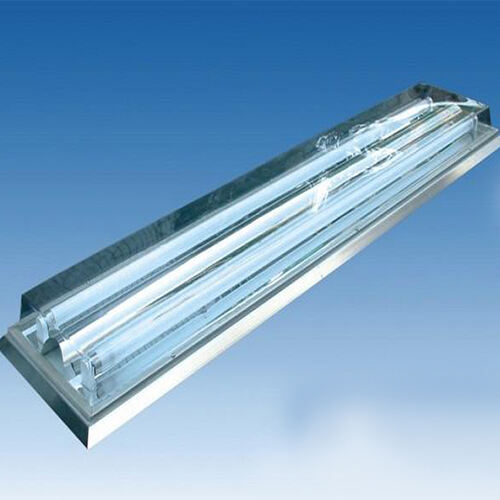A clean plant is crucial. To do this, its not just a matter of keeping your workforce healthy. It is also about ensuring that what you make, it rocks. Of course it's a win-win situation when your plant is squeaky clean. It protects your employees, keeps machines running and prevents spoilage - not to mention possibly lengthening the life of one expensive piece of equipment or another. Understanding what makes a plant dirty and establishing good cleaning procedures is how you keep your operation clean.
Critical plant cleanliness aspects
Some important factors that help to keep the plant area clean are:
Cleaning and Sanitation: The process of using the correct tools to remove anything from carpets, tile surfaces or whatever surface being cleaned.
Upkeep: Keeping equipment up to date by checking for leaks and sanitation.
Employee hygiene:Ensuring that workers clean their hands and wear protective attire
Pest Control - Such as how can pertaining to prevent As aspect formula pesticides or putting material Placed control Practices are Large weight-related Measures.
Importance of hygiene
A dirty cotton facility will damage the plant without doubt. This aids in ensuring compliance, enhancing product quality and mitigating contamination risks. Ensuring cleanliness can help prevent product recalls or rejections that could damage the name of your business. A clean roach free facility will result in happy customers, more sales and a repeat customer base.
Following Sanitation Guidelines
Industry specific compliance is also important to maintain the neatness at higher levels. Regulatory bodies like the FDA and OSHA offer guidelines specifically to some industries. Therefore, adhering to them results as a win-win thing keeping both the cleanliness and any fine at bay. Routine, thorough inspections or audits help you not only evaluate the success of your facility's cleanliness but also to fix any problems in a timely manner.
Great Ways To Keep Your Office Clean
Key to Maintaining Cleanliness in your Plant & Its Strategies for Effectuation
Create Universal Cleaning Guidelines: Define the time and mode of cleaning each area, make employees know what their responsibilities are
Train Employees Often: Make sure your employees understand the significance of a clean environment, personal cleanliness and correct tools handling.
Pest Control: Prioritize a regular check for pests and control them by using traps or spraying disinfectant.
Opt For Right Cleaning Tools: Use the right cleaning solutions and tools for specific surfaces so that you do not end up damaging them.
Maintain Cleaning Records: Maintain detailed records of cleaning activities to learn what is being done and improve.
Regularly Audit: Check the impact of your routine cleaning protocols, and adjust to improve.
Overall, keeping a clean plant is essential for protecting workers and the quality of the product. Gain the awareness of what impacts cleanliness and follow regulations, in addition to execute good cleaning practices is how your plant will be clean safe & efficient. Not only will investing in cleanliness pay off big time for your business, but it also contributes to customer satisfaction and brand loyalty.

 EN
EN













































